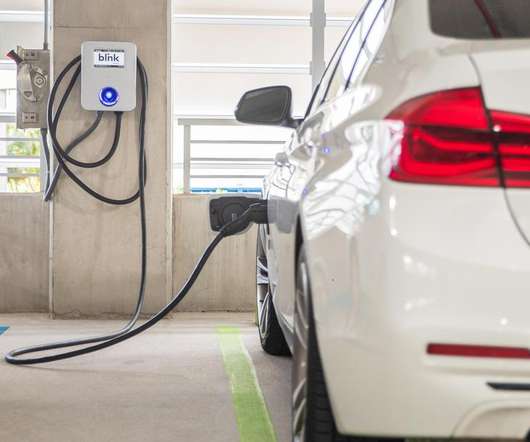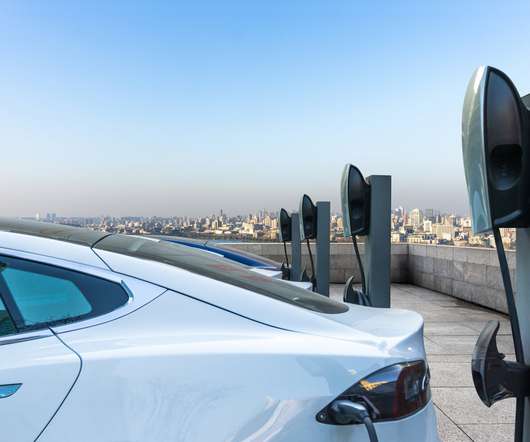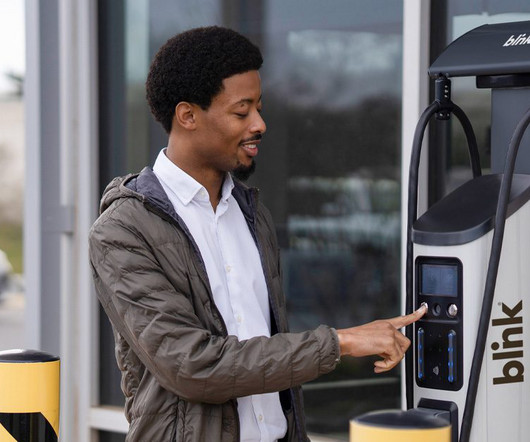DOE announces $26.6M SBIR/STTR FY15 Phase 1 Release 2 awards; fuel cells, batteries, power electronics and efficient combustion engines
Green Car Congress
MAY 28, 2015
Of these, 16 are vehicle-related, encompassing projects developing batteries, power electronics and improved combustion engine technology including on-board reformers, and two are specifically hydrogen fuel cell-related. It is cleaner, quieter, and friendlier to operate with a fuel cell power plant enabling mobility via renewable energy.













Let's personalize your content